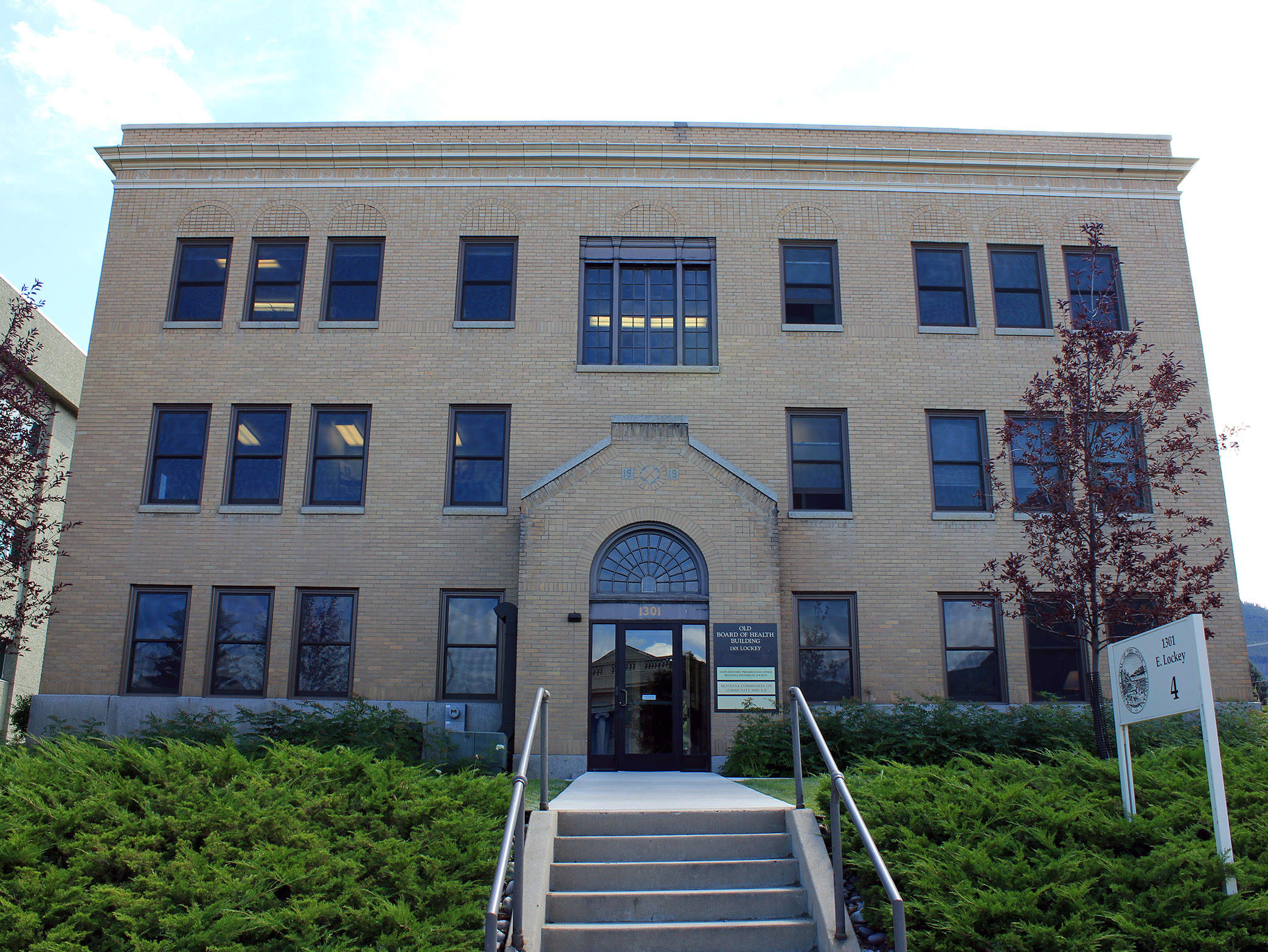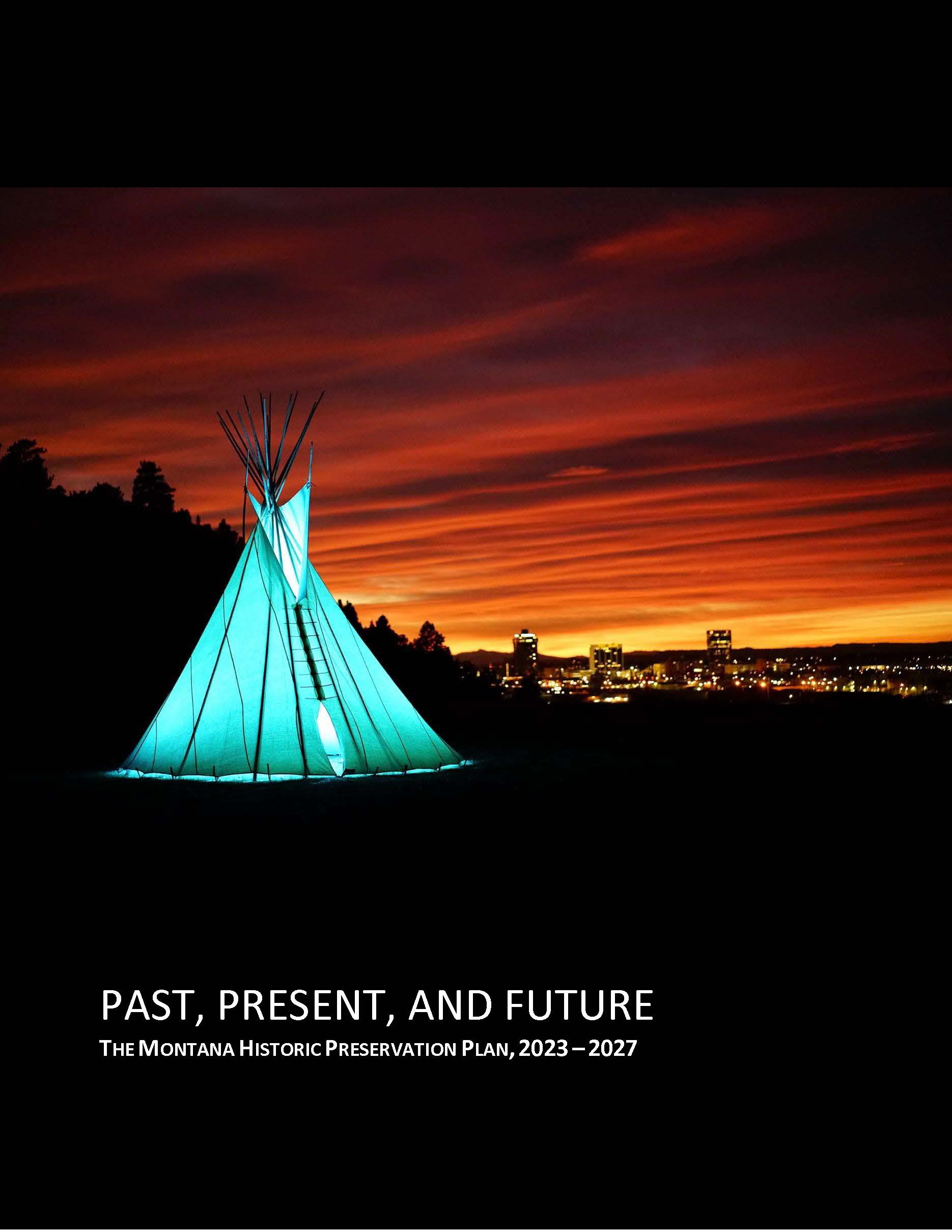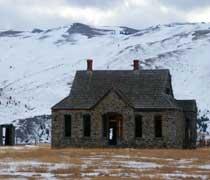Historic Preservation in Montana
The mission of the Montana State Historic Preservation Office is to work together with all Montanans to preserve our significant historic, archaeological and cultural places.
Created with the passage of the National Historic Preservation Act in 1966, State Historic Preservation Offices (SHPOs) exist in each of the states. In Montana, the SHPO is established as one of five core programs of the Montana Historical Society. Its staff includes preservation specialists (historians, architectural historians, historic architects, and archaeologists) as well as administrative support personnel.
The duties of the Montana State Historic Preservation Office (SHPO) are outlined in regulations developed for the National Historic Preservation Act and the Montana State Antiquities Act.
They include:
- Preparing and implementing a statewide Historic Preservation Plan.
- Conducting and maintaining a statewide survey to identify and document historic buildings and archaeological sites.
- Evaluating historic properties for significance and nominating them to the National Register of Historic Places.
- Assisting local governments in the development of local historic preservation programs.
- Administering federal tax incentives for the preservation of historic buildings.
- Assisting federal and state agencies in their responsibility to identify and protect historic properties and archaeological sites that may be affected by their projects.
- Providing preservation education, training and technical assistance to individuals and groups as well as local, state and federal agencies and tribes.
Historic preservation is about preserving our historic legacy by keeping our important heritage places. Historic preservation benefits Montanans – culturally, educationally, and economically. State Preservation Plans, prepared every five years for Montana by the State Historic Preservation Office, serve as a guide for state and local preservation efforts by everyone. With its background, goals, objectives and recommended activities, the Plan is an important tool in setting priorities for the investment of human and financial resources in the preservation of our significant historic, archaeological and traditional cultural places in Montana.
To comment on or receive a printed copy of PAST, PRESENT, AND FUTURE The Montana Historic Preservation Plan 2023-2027, please write, email, fax or call the:
State Historic Preservation Office
Montana Historical Society
P.O. Box 201202
Helena, MT 59620-1202
(406) 444-7715
mtshpo@mt.gov
Montana's State Historic Preservation Officers
- 2020-Present- Pete Brown
- 1999-2019- Mark Baumler
- 1995-1998 - Paul Putz
- 1984-1995 - Marcella Sherfy
- 1979-1984 - Robert Archibald (MHS Director)
- 1977-1977 - Ken Korte (MHS Director)
- 1976 - Ron G. Holiday (Fish & Game)
- 1973-1975 - Ashley C. Roberts (Fish & Game)
The Montana State Historic Preservation Office, or SHPO (pronounced “SHiP-O), has its origin in the National Historic Preservation Act of 1966. Section 101 of the NHPA provides for the establishment of state historic preservation programs in every eligible state and US territory. It is part of a partnership among federal, state, tribal, and local governments to preserve America’s significant historic and cultural heritage legacy in the form of places (districts, buildings, structures, sites, and objects) across the nation.

In Montana, the responsibilities of a state historic preservation program were initially assumed by the Montana Fish & Game Department, under the Parks and Recreation Division. One of the first initiatives of the newly formed program was the creation of the first Montana Historic Preservation Plan (with Historic Sites Compendium), issued under signature of Governor Forrest H. Anderson in 1970. State historic preservation plans and inventories continue to be an important part of the duties of the Montana State Historic Preservation Office. The Montana Historic Preservation Plan is created or renewed every five years.
In 1977, the Montana SHPO (then known as the “Historic Sites Program”) was transferred from Fish & Game to the Montana Historical Society, where it has remained for the past nearly forty years – in program and spirit if not always in place. Montana Historical Society Director Ken Korte expressed interest in taking over administration of the program “because it is so compatible with [our] agency’s primary function.” The Fish and Game Commission, MHS Board of Trustees, the Historic Sites Advisory Council and the Governor all agreed, and the transfer from Fish & Game to the Montana Historical Society became official on January 1, 1977.
A State Historic Preservation Office (SHPO) within the Montana Historical Society was subsequently established in statute (MCA 2-15-1512) “to consist of an historic preservation officer with qualified professional staff” and the duties of the state historic preservation officer further elaborated in revisions to the State Antiquities Act (MCA 22-3-423) in 1979. Up until this time, there had not been a professional cultural resource staff (historians, architectural historians, historic architects, and archaeologists) directly employed in Montana’s state preservation program. Within the Society, the framework of a professional state historic preservation office was born. Early SHPO staff included Tom Foor (archaeologist), Jon Hayt (architect), and Pat Bik (architectural historian). Marcella Sherfy (historian) was hired in 1980 as Deputy SHPO/Program Manager and later appointed as State Historic Preservation Officer by Governor Ted Schwinden in 1984. Marcella, who led the office in its modern formative years, was described by Governor Marc Racicot as “the Mother of Montana Preservation” in presenting her a Montana Preservation Award in 1999, following her departure from SHPO in 1995 after 15 years of service.
It was not long after moving into the Montana Historical Society, however, that Montana SHPO needed to physically move out – owing to limited space. In 1985, the office moved from the basement of the Montana Veterans and Pioneers Memorial Building (MHS) to 104 Broadway in the old Masonic Temple Building at the corner of Jackson Street in historic downtown Helena (Last Chance Gulch). This leased space gave way too in 1993 to a small and decidedly non-historic converted 4-plex on the Capitol Campus at 1410 8th Avenue, nearer to the “Big House” (Montana Historical Society). Most recently, in 2015 SHPO moved into the 2nd and 3rd floors of the 1920 Old Board of Health building at 1301 E. Lockey immediately behind (south of) the State Capitol building. While once again in a suitable historic office space, it has been over 30 years since SHPO, one of six programs of the Montana Historical Society, has been under the same roof!


